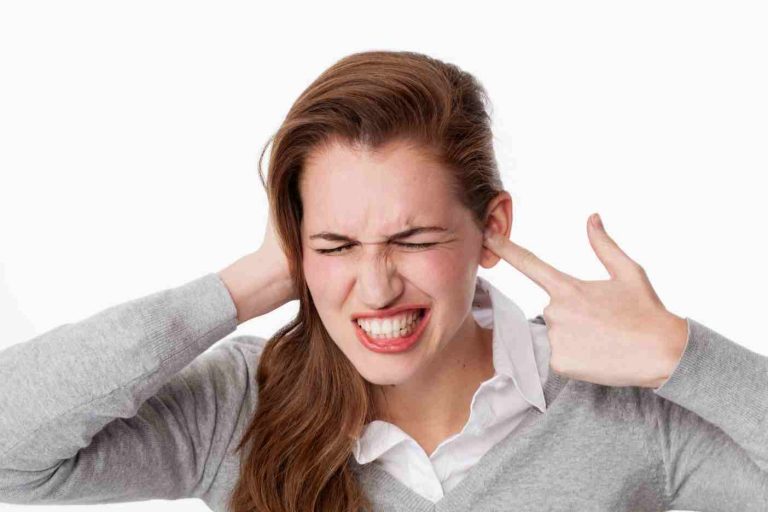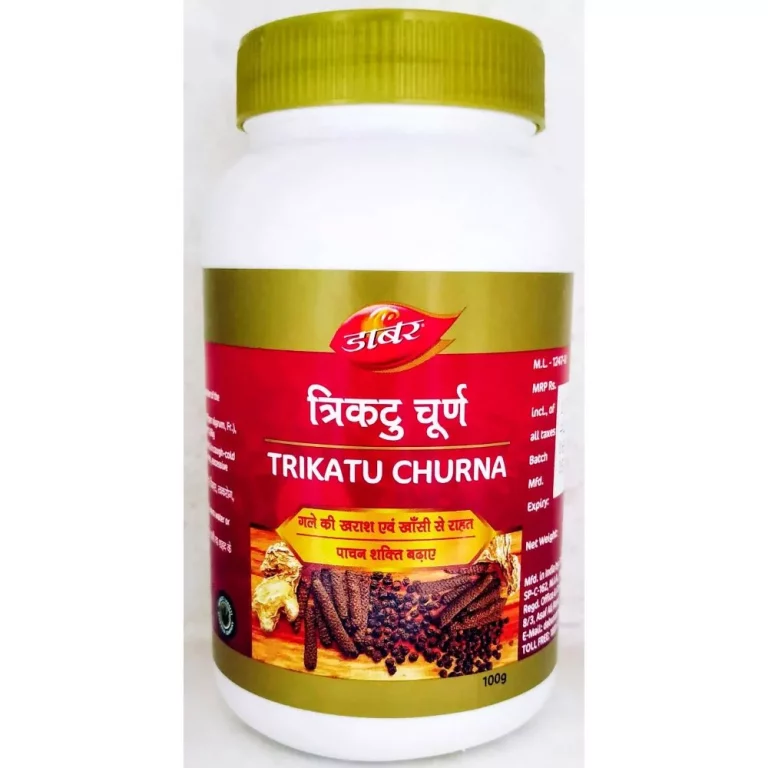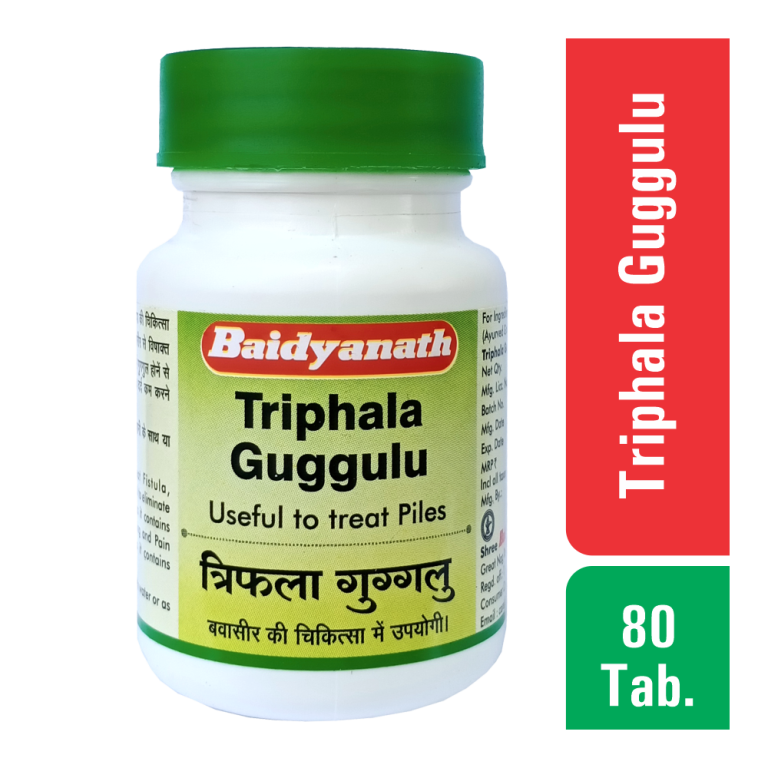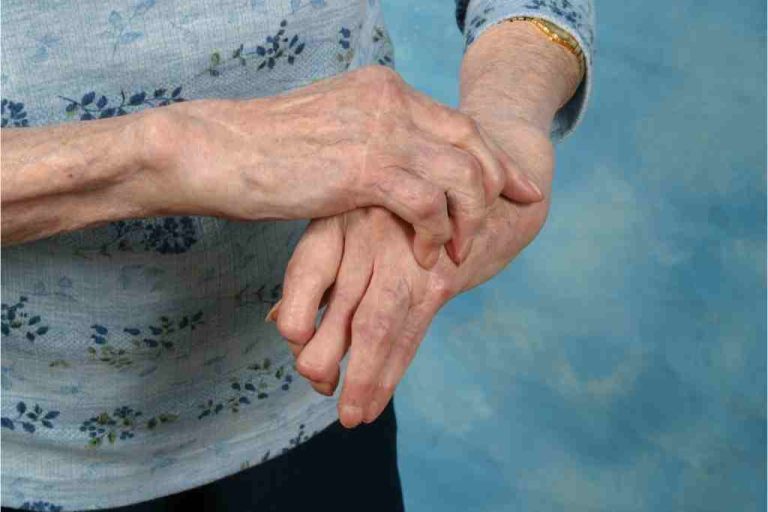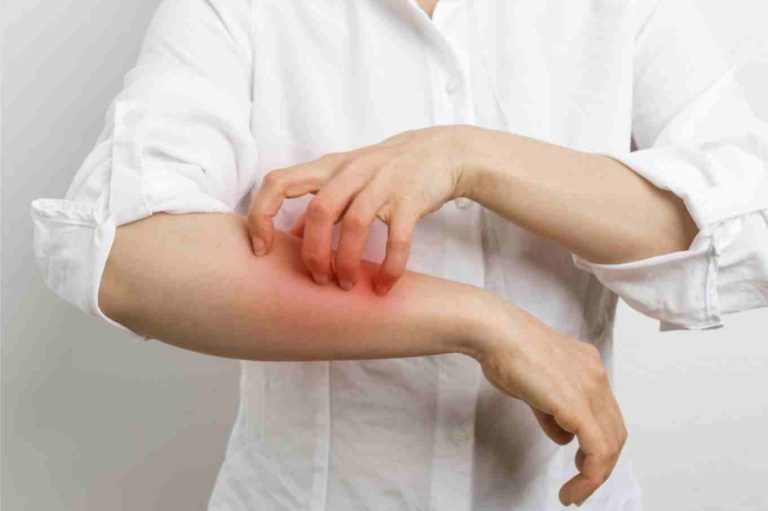
Table of Contents
Ayurvedic Treatment For Tinnitus
This article will discuss what Ayurveda says about Tinnitus, and how Ayurvedic remedies can help you cure your tinnitus. You will learn more about the etiology of this problem and the Ayurvedic treatment for Tinnitus.
What Ayurveda says about Tinnitus
Tinnitus, also known as ringing ears or noises in the head, is a physical disorder characterized by a vata imbalance. It can be triggered by many factors, such as an improper sleep-wake cycle, exposure to harmful radiations, and excessive physical activity. Stress may also lead to the onset of tinnitus. Diet, lifestyle, and unmonitored intake of medication are all factors that can lead to the development of tinnitus.
One of the most effective treatments for tinnitus is called karna purana, which involves applying warm oil into the ear canal. This treatment is particularly beneficial because it helps maintain the general health of the ear and addresses the excess Vata buildup. This treatment is most effective when combined with other approaches and is most effective when the patient is in good health.
Etiology of Tinnitus
In ayurvedic medicine, tinnitus is a symptom of a deeper, more chronic problem. The vitiated vata lodges in the minute channels of the ear and results in ringing, hissing, or clicking. This condition is commonly associated with hearing loss, dizziness, and jaw joint misalignment.
Fenugreek is another spice that may alleviate tinnitus. Using it in small quantities is thought to move Vata downwards. While fenugreek has a wide range of applications, ayurvedic doctors also suggest avoiding certain foods and practices to reduce symptoms. Cold, raw, and bitter foods are especially harmful. Additionally, sesame oil is said to reduce tinnitus.
Ayurvedic medicine has several treatments for tinnitus. Some of these remedies include use of internal Ayurvedic medicine, which is a versatile and adaptable system. Whereas some other remedies include external treatments. Often, the symptoms will subside without the need for invasive surgery with Ayurvedic Treatment.
Ayurvedic treatment for tinnitus
Ayurvedic medicine can provide effective relief for Tinnitus. Ayurvedic tinnitus treatment focuses on the inner ear, or the vata dosha, which is responsible for a large amount of discomfort. Vata aggravates kapha and pitta doshas, which is why they are often linked. The vata dosha is the root cause of Tinnitus.
One of the best Ayurvedic tinnitus treatments involves placing warm oil in the ear canals. The oil not only helps to maintain general health in the body, but also addresses the accumulation of Vata in the ear. While this treatment is very effective for Tinnitus, it is best to combine it with other measures to promote overall health. The goal is to reduce Vata Dosha and restore the ear’s balance.
Tinnitus is a persistent ringing sound in the ears. About 15 percent of the world population experiences this condition. Ayurveda has long recognized the symptoms of Tinnitus and recommends natural remedies that can help you find relief from it. The ringing is not the actual noise, but is a sign of another problem. Ayurveda postulates that the disorder is caused by a Vata imbalance, which results in a clogged auditory canal. Ayurvedic remedies for Tinnitus can help you avoid the symptoms of the disease and prevent the disorder from reoccurring.
Symptoms of Tinnitus
A common cause of tinnitus is damage to the inner ear. The hairs that are inside the ear are delicate, sensitive structures that move in response to sound waves. These hairs send signals to the brain, which detects these signals and responds by sending them the wrong electrical impulses. These signals cause the ringing sound associated with tinnitus.
In Ayurvedic medicine, the first step in treating the tinnitus symptoms is to find out what Ayurveda thinks is causing the problem. The condition is typically accompanied by other symptoms such as hearing loss, concentration problems, and sleep problems. In addition, Ayurvedic treatment for tinnitus is adaptable and extensive, allowing for the patient’s particular needs.

